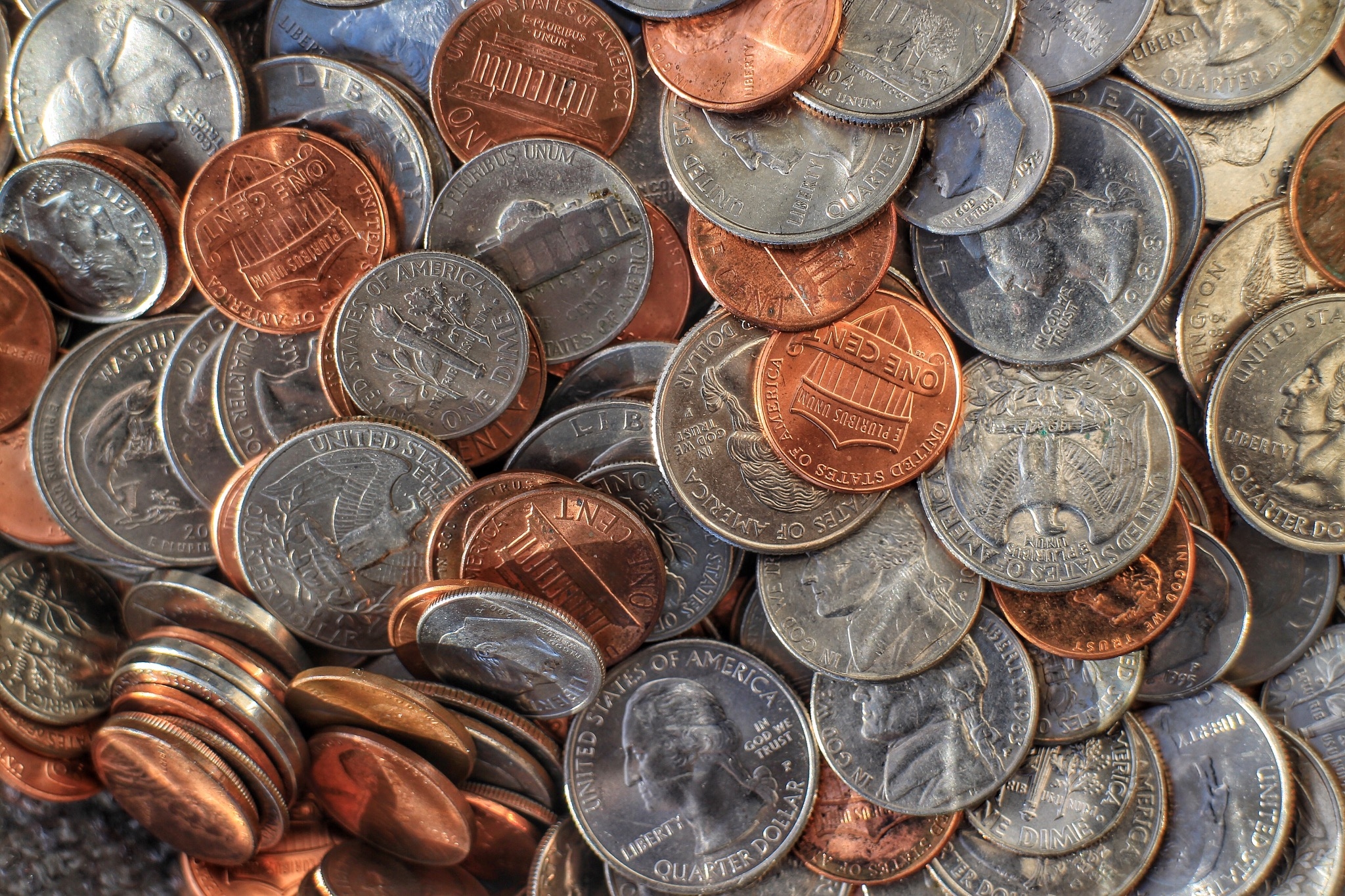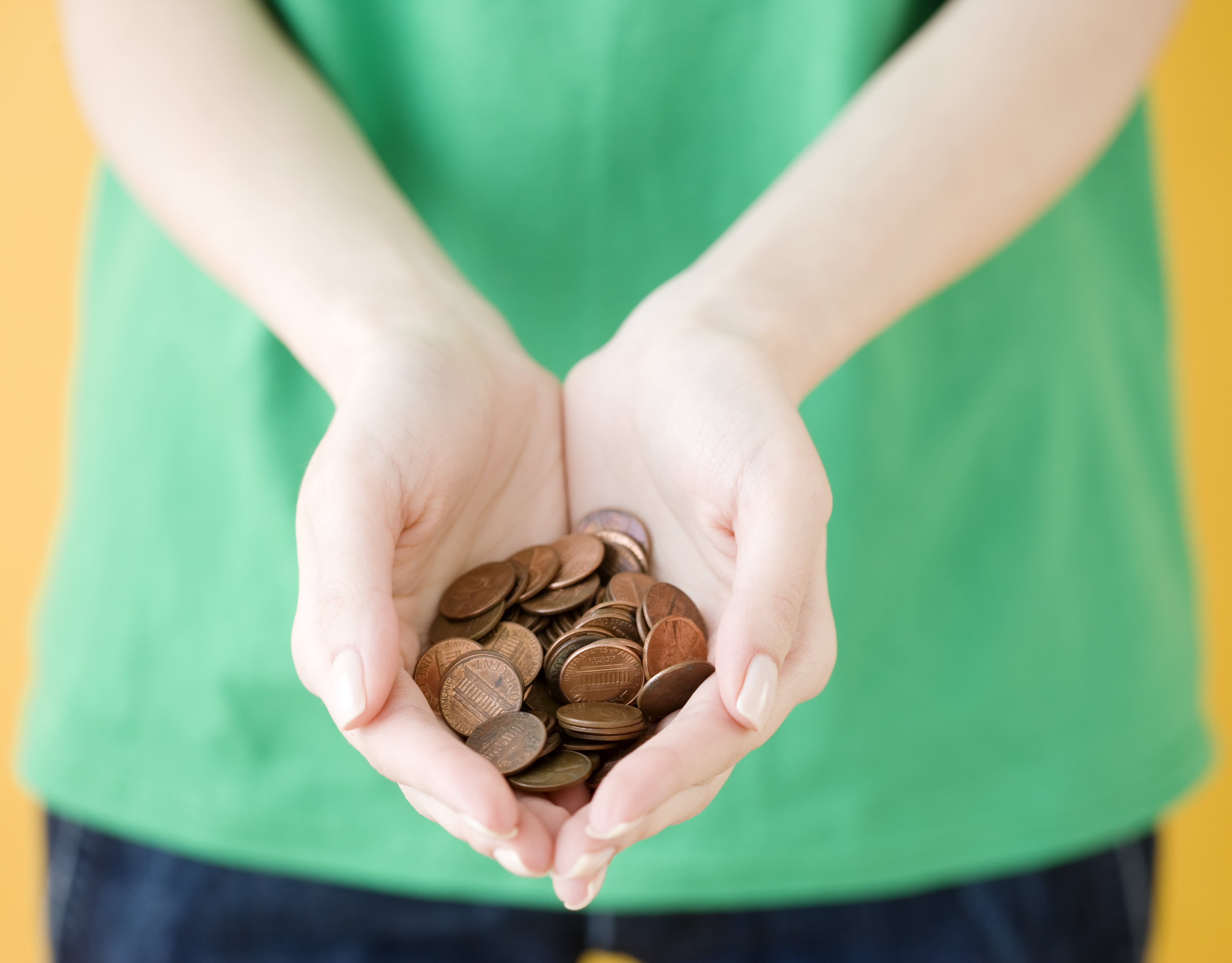That $2 bill you've likely had stored for years unsure of how to use it may be more valuable than you think.
The currency now holds particular value, but only in certain cases.
According to U.S. Currency Auctions, some versions of the bill could fetch as much as $4,500.
Here's what you should know if you want to see how much your bill is worth.
Get top local stories in San Diego delivered to you every morning. Sign up for NBC San Diego's News Headlines newsletter.
The History of the $2 Bill
The $2 bill has been in circulation since 1862, with six different types created over the years, according to the Department of Treasury.
"For most of their history, $2 notes have been unpopular, being viewed as unlucky or simply awkward to use in cash exchanges," the Bureau of Engraving and Printing states.
In the 1860s, there were limits on how many $1 and $2 notes the banks could issue due to fears "that the widespread use of small-denomination notes caused inflation."
The BEP adds, however, that the fortune for the bill shifted when the U.S. entered World War II.
"In early 1942, the Treasury forbade the carrying of US currency across the Mexican-US border. The Treasury did this 'to prevent use being made of Mexico as a place in which Axis agents may dispose of dollar currency looted abroad,'" BEP's website states. "The only exceptions to this blockade were $2 notes and silver dollars as it was believed that there were not many of these items outside the United States. As a result, demand for $2 notes skyrocketed along the border."
Those designed before 1928 were larger in size and featured a number of different designs, but since 1928, the bills have included a standardized portrait of Thomas Jefferson on the face.
There are still some subtle differences, like those produced between 1928 and 1976 have a vignette of Jefferson's home on the back, which was later replaced in 1976 with a portrayal of the presentation of the Declaration of Independence.
Read More...
Which $2 Bills Are Most Valuable?
According to the auction site, the less a bill has been in circulation, the greater its value.
In addition, older versions of the bill are consistently listed at higher prices.
Bills issued with a brown or red seal during the 1800s are the most valuable at the moment, with some fetching prices as high as $4,500.
But more recent bills can still far exceed their initial value, with some reaching between $200 and $1,000.
Various details like circulation, seal color and printing year all factor in to the bill's worth.
Still, many may only be worth $2, so you'll need to check yours to see.
What Else Should You Look For
The $2 bills aren't the only currency you might have that could be worth extra.
According to Cointrackers.com, certain pennies that were minted in 1943 and 1944 top the list of the 25 most valuable pennies for coin collectors in 2023.
The 1944 steel wheat penny could be worth as much as $408,000 in mint condition, and up to $10,000 in average condition, the site said.
Additionally, the site reports that the 1943 copper penny in perfect condition is quoted at $250,000 and in average condition could be worth more than $60,000.
Here's a list of the top 10 most valuable pennies for 2023:
- 1) 1944 Steel Wheat Penny - $408,000
- 2) 1943 Copper Wheat Penny - $250,000
- 3) 1856 Flying Eagle Penny - $25,000
- 4) 1873 Indian Head Penny - $10,000
- 5) 1858 Flying Eagle Penny - $10,000
- 6) 1857 Flying Eagle Penny - $7,000
- 7) 1914 D Wheat Penny - $5,500
- 8) 1922 D Wheat Penny - $5,000
- 9) 1909 S VDB Wheat Penny - $4,150
- 10) 1877 Indian Head Penny - $3,200
Read more on this here.



